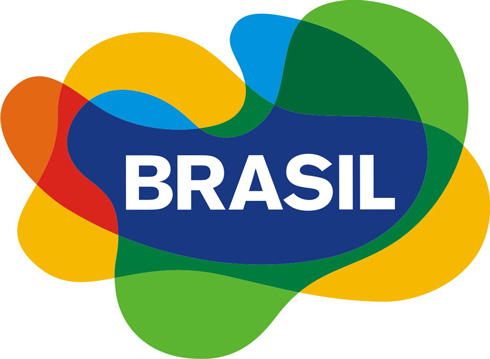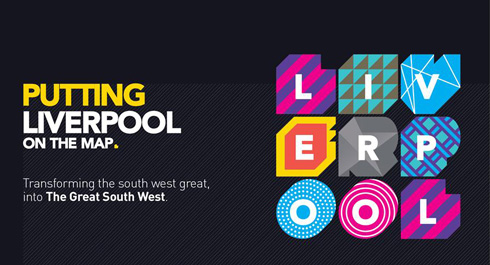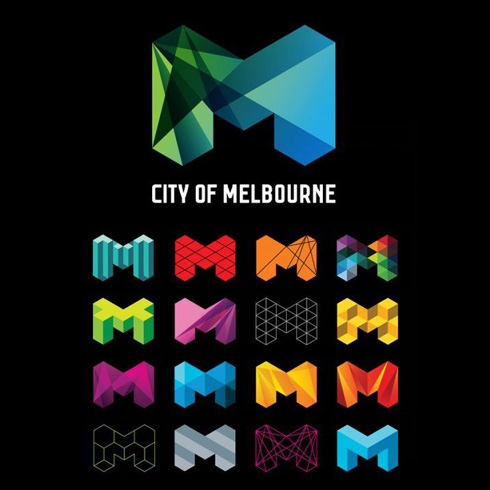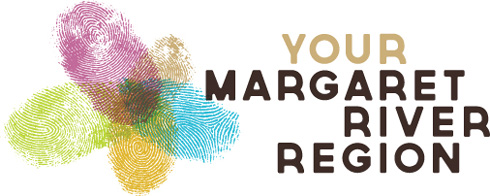Start with the brand strategy – understand the brand.
To build a strong brand amid increasing competition, across social media and possibly across mass media as well, destinations must have a well defined brand strategy in place that covers all potential scenarios and doesn’t just focus on advertising campaigns.
A brand strategy clearly defines the organisation’s or the place’s values and promises and ensures stakeholders understand what is required of them to deliver on those promises and values.

Destination brand for an entire country
What is place branding?
Branding for a place aims to uncover the essence of the place and then to represent it in a simple, unified, understandable way so that the person on the street ‘gets it’ and can relate to it. The brand positions the place in the minds of the people living, working, visiting or investing in the place. It should trigger an association with the place and raise awareness of its character (especially for visitors or people thinking about visiting, moving to or investing there).
The key to successful place branding is through support from the local stakeholders. The importance of branding for a place is to bring together all of the (sometimes disparate) views and priorities to arrive at a shared vision about the character and identity for the place. It will then be a character that people can relate to because the community’s views have been incorporated into its development.
The identity of the place also has the potential to generate self-belief and confidence; thereby having a positive impact on people in the community.

New place branding for Liverpool
Practical considerations for the brand identity
Designing a brand for a place requires thorough consideration of the functional use of the identity. The logo needs to be simple, clear and memorable. Consideration needs to be given to how and when it will be used and what other brands it needs to fit with. It must be flexible and adaptable as the aim is for it to be used by many different organisations and businesses (in many different printed and electronic formats) so they can promote the place and what they do.

City of Melbourne – multi faceted place branding
Good examples of place branding
Destinations that have created strong brands have put a lot of resources into understanding and developing the brand strategy, consultation, design and then providing resources and tools for use of the brand identity.
Byron Bay – has a style guide for use of the brand
Margaret River – has a kit for businesses wanting to use the brand as an endorsement

Margaret River Region tourist destination branding


